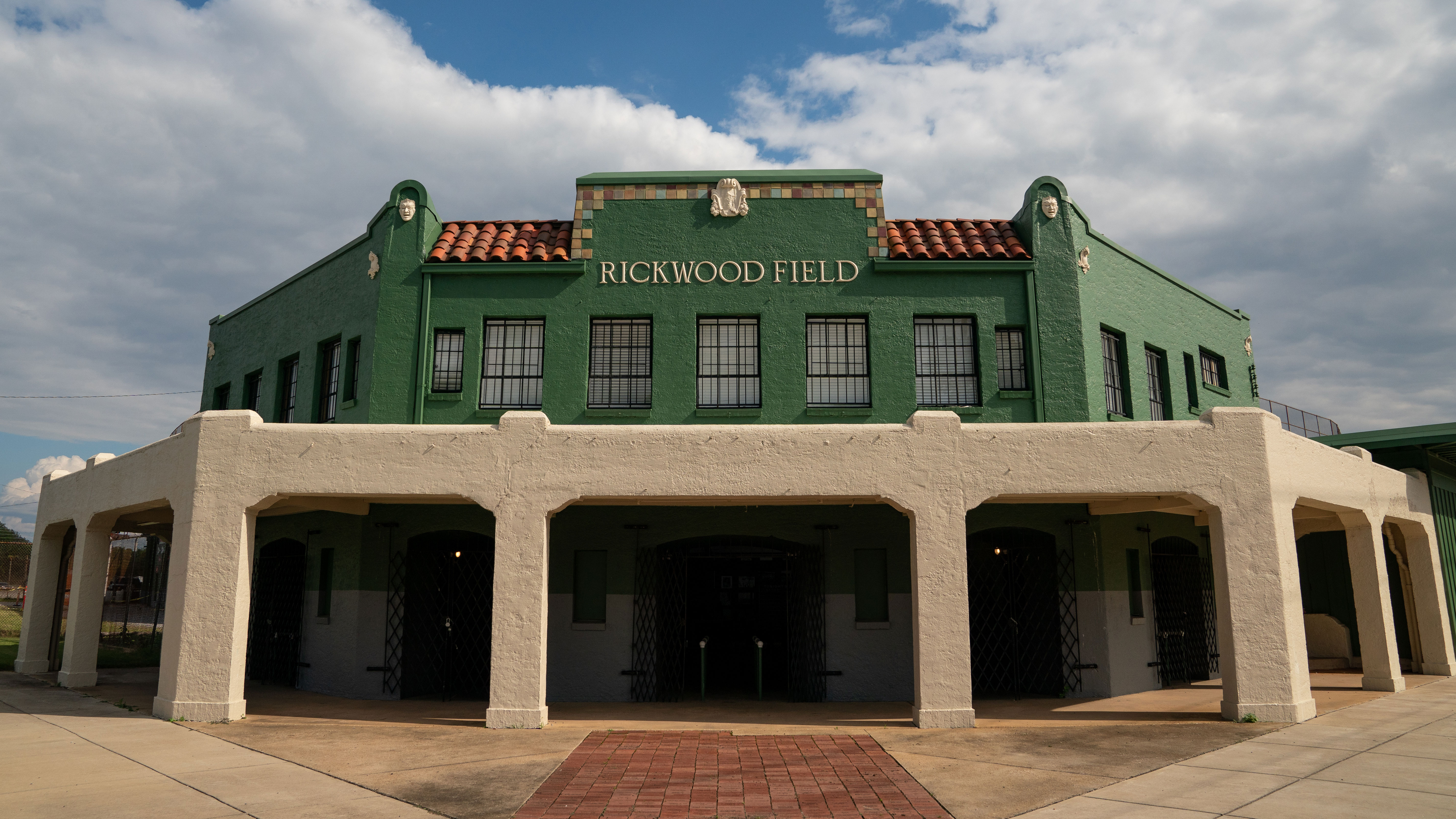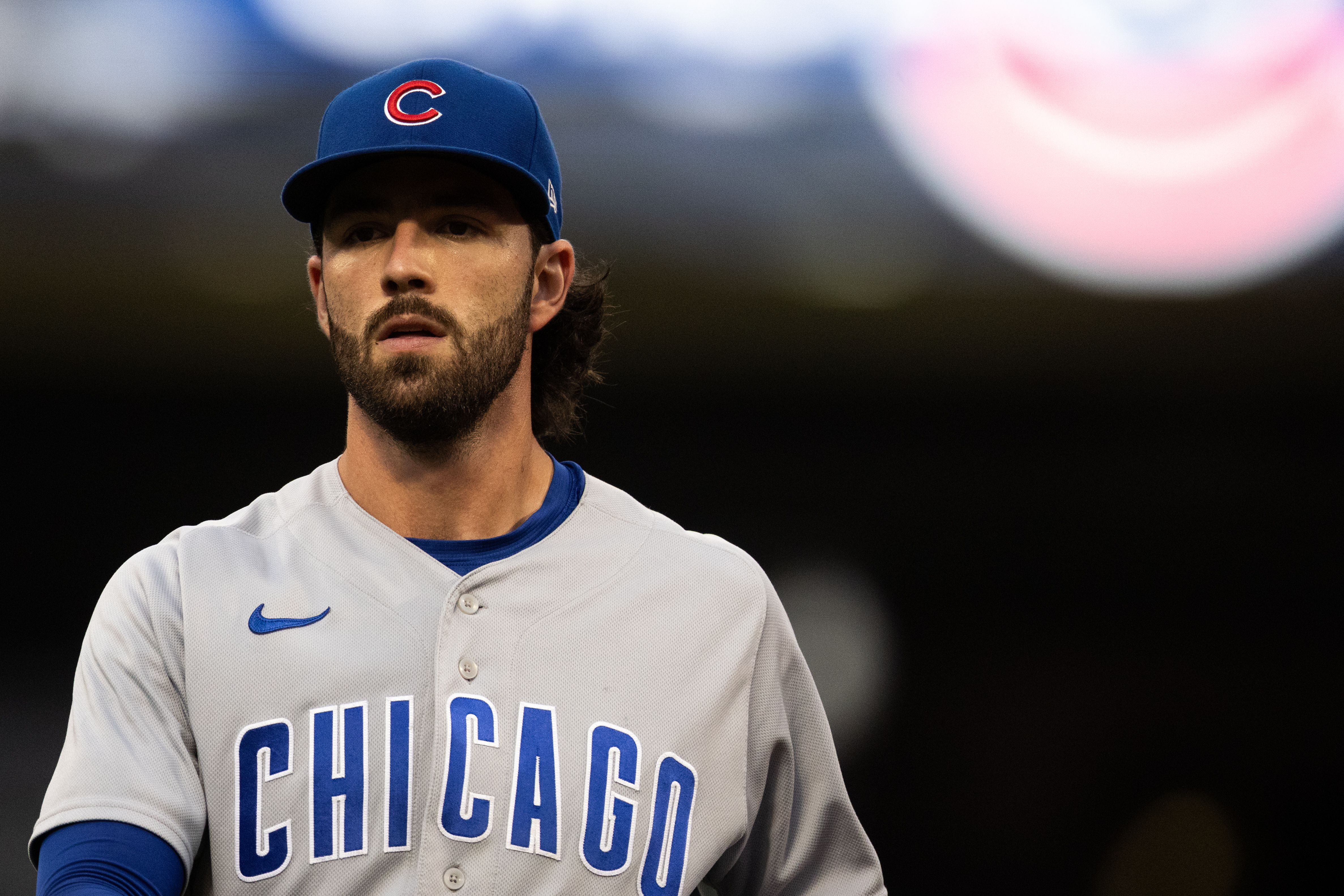
The White Sox lost 95 games, and yet their general manager described himself as pleased with certain aspects of the 2017 season.
He isn’t wrong to be.
Welcome to life in a rebuild.
There’s undoubtedly analysts and fans who rightfully have questions about the direction the White Sox are headed. They traded almost all of their top players for unproven prospects who come without any guarantees. There’s no promise this will work. The White Sox haven’t proven anything yet, and it’ll likely be a few seasons before anyone knows if they’ve executed it.
But as crazy as it sounds, the White Sox had a good season that has begun to generate optimism from the fanbase. Whether it’s the number of trades Rick Hahn completed, the talent the team accumulated, how young players developed or several other reasons, the White Sox had plenty of positives this season. Here’s a look at what went right, what went wrong and what could have gone better.
The Good
1. Hahn traded almost everyone
MLB
What seemed impossible in December and more difficult in May was suddenly complete several days before the Aug. 1 nonwaiver trade deadline. When the White Sox started 2017 with Jose Quintana on the roster after trading Chris Sale and Adam Eaton, some thought Hahn had overvalued Quintana. Then Quintana struggled through May, and the volume of those questions significantly increased. But everything was reduced to a whisper when the White Sox traded Quintana to the Cubs on July 13 for a package featuring elite prospect Eloy Jimenez. Hahn then spent the next six weeks trading everyone, completing his work with an Aug. 31 deal that sent Miguel Gonzalez to Texas. In all, nine players were traded during the season.
2. New kids prospered
Not everyone had great seasons, but many of the top prospects acquired since December took large steps forward. Lucas Giolito rediscovered his confidence. Reynaldo Lopez and Yoan Moncada forced the issue and fared well in the majors. Michael Kopech and Jimenez developed into elite prospects, and Dane Dunning continues to look like a steal.
3. Prospecting went well
Nowhere was the staggering amount of talent acquired by Hahn more evident than the farm system’s top-30 rankings. Even as Giolito, Lopez and Moncada graduated, the White Sox still have six prospects remaining on MLB Pipeline’s top-100 list. Ten on their current top-30 list have been added via trades since December. Three more came from the 2017 draft.
But the biggest move, one that signaled to fans the White Sox are serious about rebuilding, was the May signing of Luis Robert for $52 million. The penalties they faced — the $26 million tax and two years of international signing restrictions — weren’t enough to dissuade them from signing Robert, who is currently ranked No. 22 in MLB Pipeline’s list.
4. Foundation laid
Nearly as important as adding talent is making sure it’s fostered in the proper environment. Hahn thought manager Rick Renteria would instill the appropriate atmosphere and hired him.
The White Sox are ecstatic with what Renteria has done. Hahn and the front office have recognized those efforts all season long, praising the team for its unrelenting attitude and unwillingness to quit.
5. Older players developed, too
Tommy Kahnle went from project to setup man almost overnight and keyed a trade that brought Blake Rutherford and Ian Clarkin over from the Yankees. Avisail Garcia finally released his untapped potential and turned into an All Star and a potential trade chip. And Yolmer Sanchez found a new level and ensured himself a lot of future plate appearances.
The Bad
1. Carlos Rodon’s future is uncertain
The hope was Rodon would develop into a 33-start, 200-inning pitcher this season. Instead the White Sox have more questions about if Rodon will ever reach his potential. Rodon appeared to be unaffected by the bursitis in his left biceps that cost him three months when he struck out 9.9 batters per nine over 12 starts. But what Rodon’s future holds after he had arthroscopic surgery last week is anyone’s guess, even if the White Sox are optimistic he’ll fully recover.
2. Starting pitching gambles flop
Ten starts in, Derek Holland looked like a find and a potential trade candidate. But his fastball velocity dipped and his ERA soared, leading to Holland’s release last month. Rule 5 pitcher Dylan Covey showed some signs in his final two starts but struggled much of the season. Still, don’t be surprised if the White Sox follow a similar formula next season and try to convert a rehabbing pitcher or two into trade candidates.
3. The injury bug hit hard
Rodon wasn’t the only important player sidelined for a large chunk of the season. Nate Jones was limited to 11 games, Zach Putnam pitched in seven before he and prospect Zack Burdi had reconstructive elbow surgery. Catcher Geovany Soto was hurt twice and never got going. Leury Garcia’s breakout season was slowed by injuries, and even Avisail Garcia missed time with finger and knee soreness. It was hoped Charlie Tilson would take over in center field, but he didn't play a single game this season.
Mixed results
1. Anderson struggles before rebounding
Shortstop Tim Anderson’s ascent was derailed for several months as he struggled to cope with the May shooting death of his close friend, Branden Moss. Anderson made far too many errors and had a .608 OPS before he sought a grief counselor and turned around the toughest season of his life. After making 22 errors in 80 games, Anderson made six in the final 65. He also produced a .793 OPS in his final 54 games.


